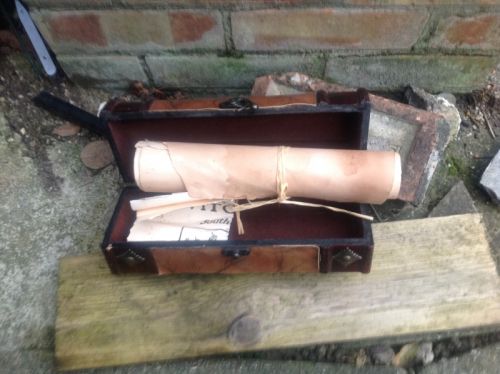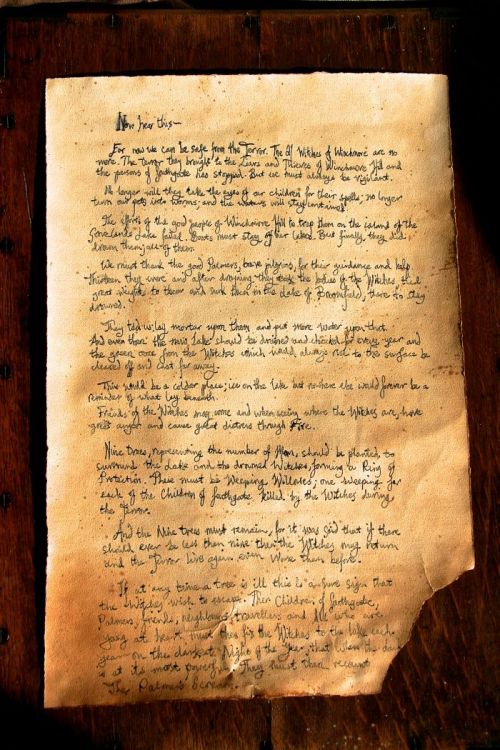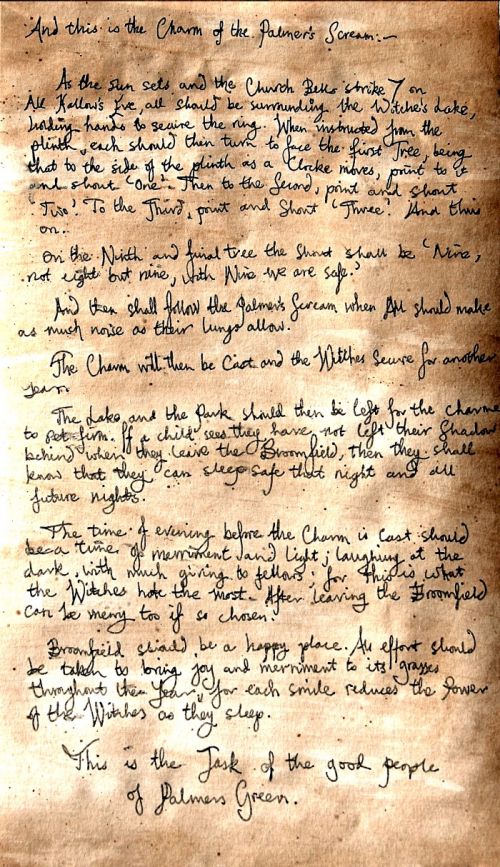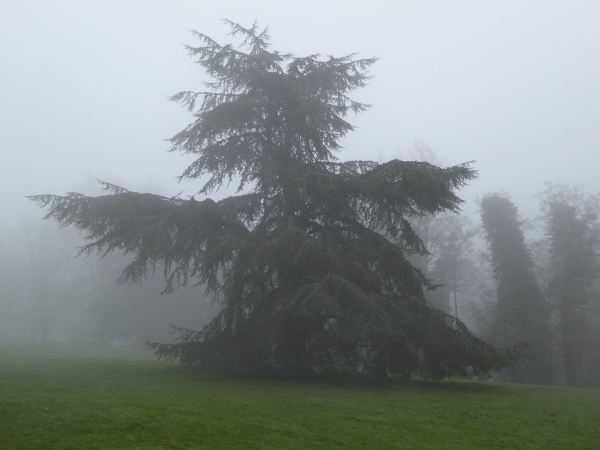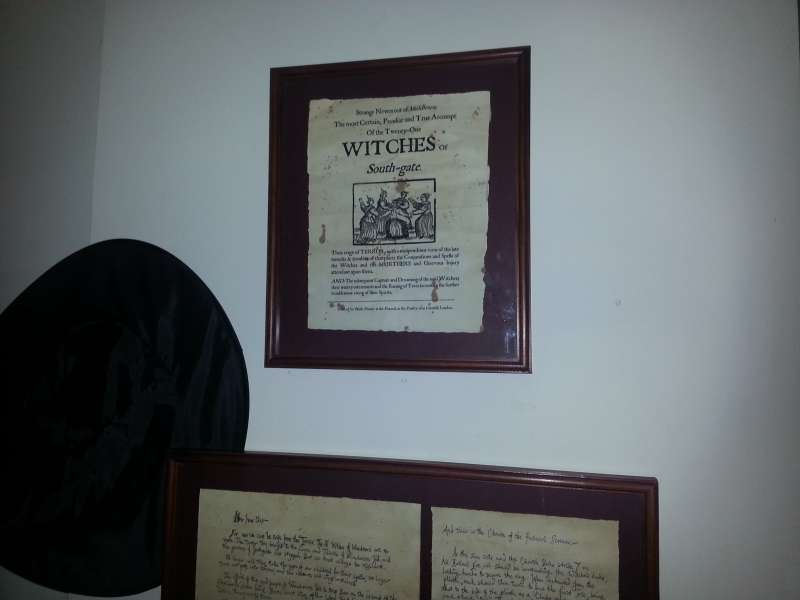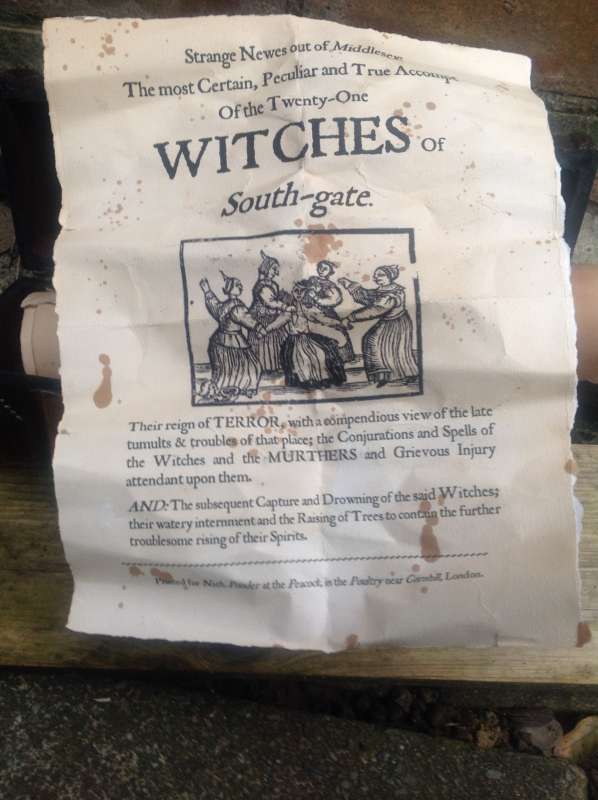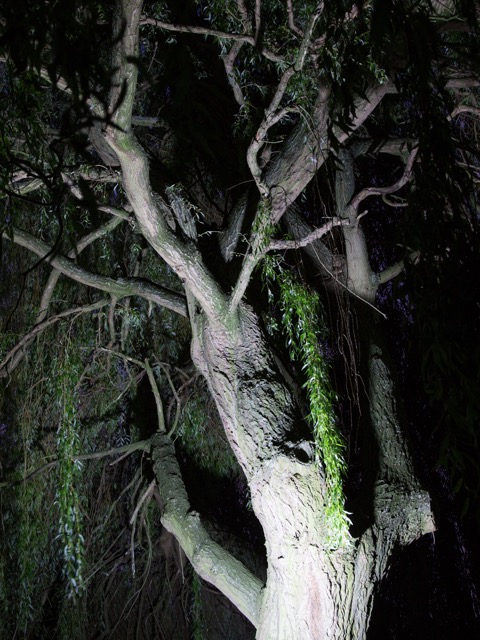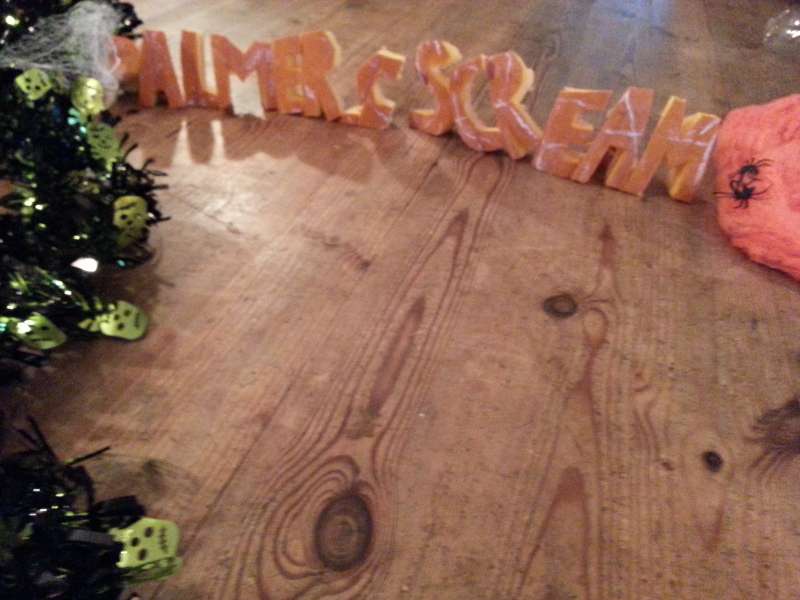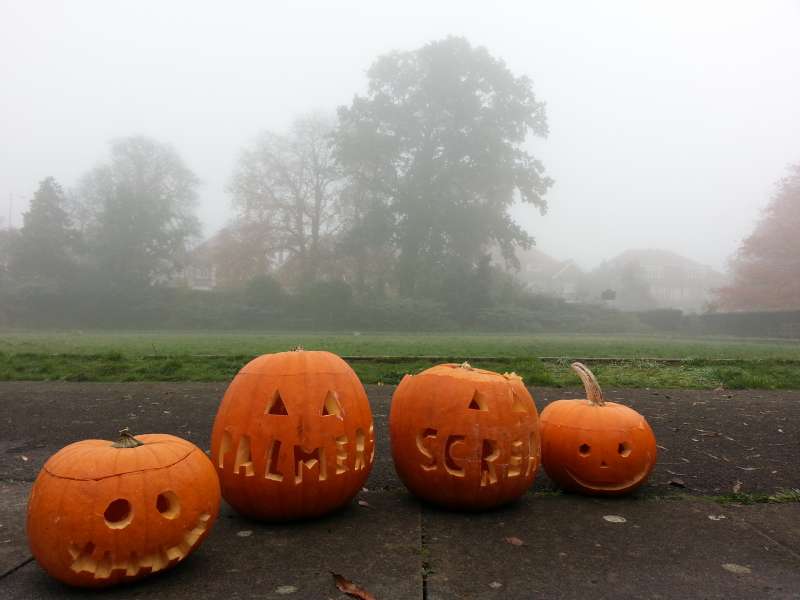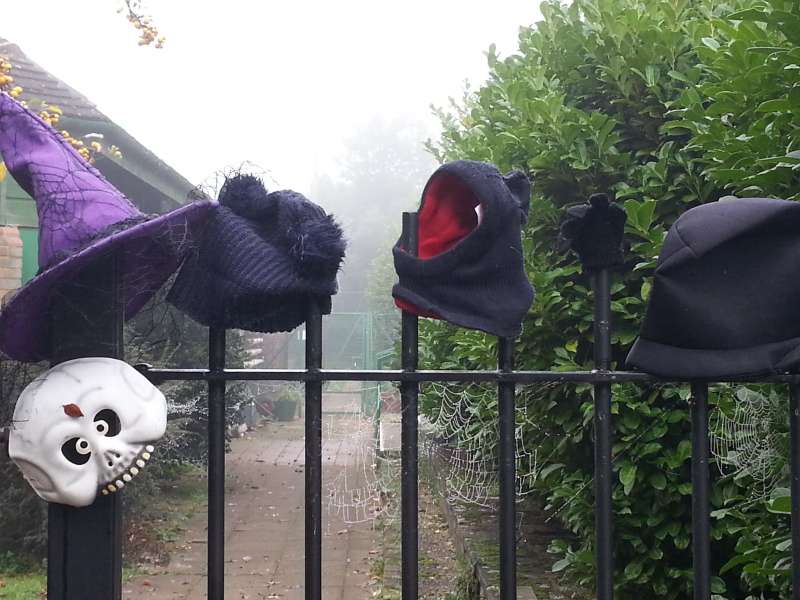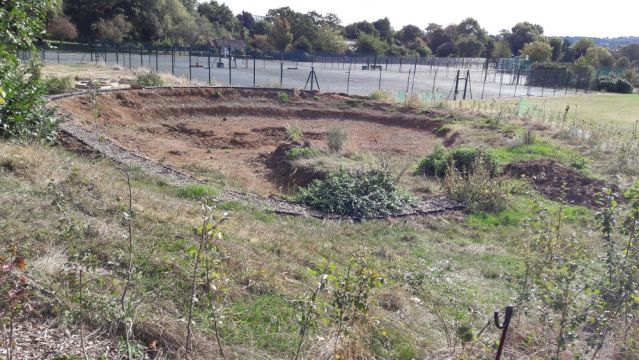We have obtained photographic evidence that the "old document" discovered by workmen in the former Southgate Town Hall does exist and its content is, to say the least, extraordinary.
The photographs, supplied by an anonymous source, show an old scroll that appears to have been found in a small wooden case. There are also photographs of the writing on the scroll.
The text of the scroll is difficult to read from the photographs. The first photograph refers to witches from Winchmore Hill and to Broomfield Park. The second part of the text refers to the "Charm of the Palmers Scream".
We don't have any information about the current whereabouts of the "Palmers Scream" scroll and handbill, but will do our best to find out as soon as possible.
